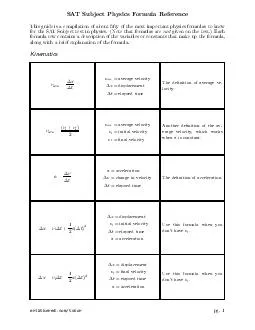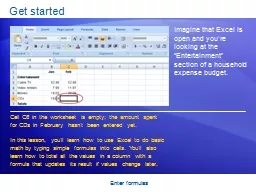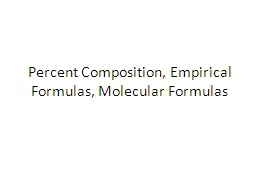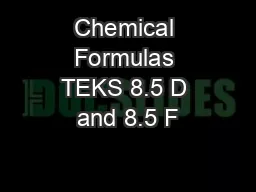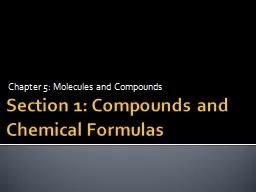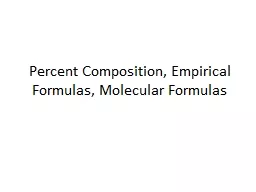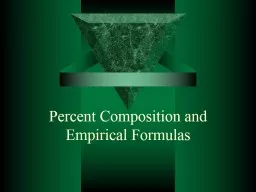PDF-SAT Subject Physics Formula Reference This guide is a compilation of about fty of the
Author : faustina-dinatale | Published Date : 2014-11-15
Note that formulas are not given on the test Each formula row contains a description of the variables or const ants that make up the formula along with a brief explanation
Presentation Embed Code
Download Presentation
Download Presentation The PPT/PDF document "SAT Subject Physics Formula Reference Th..." is the property of its rightful owner. Permission is granted to download and print the materials on this website for personal, non-commercial use only, and to display it on your personal computer provided you do not modify the materials and that you retain all copyright notices contained in the materials. By downloading content from our website, you accept the terms of this agreement.
SAT Subject Physics Formula Reference This guide is a compilation of about fty of the: Transcript
Download Rules Of Document
"SAT Subject Physics Formula Reference This guide is a compilation of about fty of the"The content belongs to its owner. You may download and print it for personal use, without modification, and keep all copyright notices. By downloading, you agree to these terms.
Related Documents

